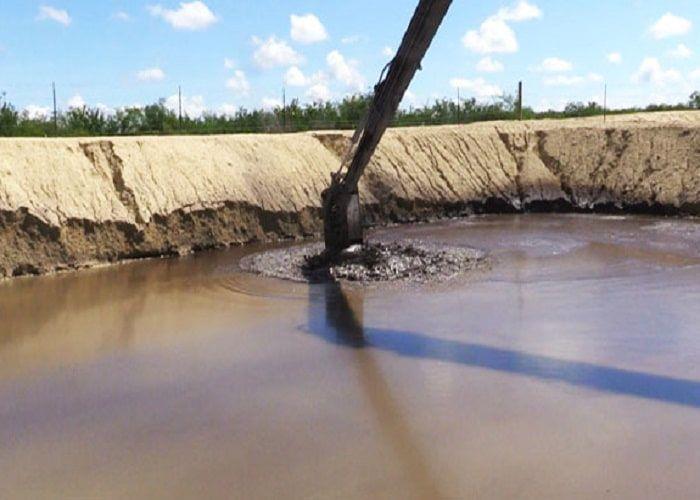Drilling mud comes in a variety of types, each with its own set of applications and features. This is extremely vital to know different types of drilling mud when we tend to choose the appropriate one. We’d like to expose you to the many varieties of drilling mud and their specific features.

The Various Types of Drilling Mud
As previously said, there are various forms of drilling mud , each with its own set of purposes and characteristics. We’ll go through the different types and features of each in the next section of this post.
Water-based drilling mud
One of the most commonly used forms of drilling mud is water-based drilling mud which is really useful in most businesses. The most typical application of this fluid is to remove chips from drilling walls. This type of drilling mud was chosen because of its perfect ability in adapting to the environment.
A blend of water and salt will make up this water-based fluid. In general, a specific polymeric composition is used to create adhesion or viscosity in water-based drilling mud. Linear, cross-linked, synthetic, or biopolymer polymer compounds are also possible.
Drilling Mud with an Oil Basis
Oil-based drilling mud is the second form of drilling mud. This sort of mud is generally more expensive than water-based fluids. Its higher price is definitely due to the more complicated formulation used to make these muds. However, in comparison to water-based fluids, it is more favorable because of its
complicated formulation. Some of the benefits that oil-based drilling mud has brought to the industry include improved drilling lubrication, increased ability to transport various types of chips from wells, and more proper control to prevent drilling fluid loss.
Drilling Mud with a Synthetic Base
The synthetic-based muds resemble the oil-based ones in appearance. However, instead of oil, a synthetic substance is employed as a basic fluid in their formulation. The first and most important advantage of synthetic-based fluids over oil-based fluids is their improved environmental compatibility. The fact that they utilize fewer aromatic chemicals in their structure also contributes to their compatibility.
Drilling Mud Based on Emulsion
Its structure is made up of both water and oil-based samples, as the name implies. The external phase of the emulsion-based drilling mud is made up of water and salt solution, while the internal phase is made up of oil. Of course, emulsion fluids have seen advancements as well. For example, in the internal phase, the replacement of synthetic hydrocarbons with oil is now ongoing, which might be regarded as a change.
https://nikanwestgilsonite.com/blog/types-drilling-mud-properties/